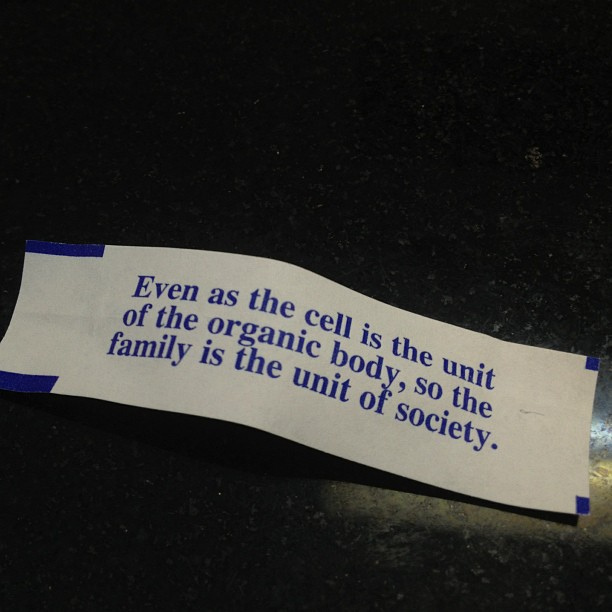Metaphor and simile are essential topics for literature students, as they are figures of speech heavily used in daily lives, particularly by public speakers, to emphasize a point and make comparisons between objects and people. Despite similarities, simile and metaphor are entirely different, which will be demonstrated through examples and highlighted features.
Key Takeaways
- Simile is a direct comparison between two different objects that have at least one point in common, usually introduced by words like “as” or “like.”
- Metaphor is an implied simile, taking for granted that two things are one, without stating that one thing is like another or acts as another.
- While simile approximates a thing to another, metaphor treats one as a substitute for another; similes use comparison words like “as” and “like,” while metaphors do not.
What is a Simile?
A simile compares two objects of different kinds that have at least one point in common, usually introduced by words like “as” or “like.” Examples include “The righteous shall flourish as the palm tree” and “Her face was red like an apple.”
What is a Metaphor?
A metaphor is an implied simile that does not state that one thing is like another, but takes that for granted and proceeds as if the two things were one. Examples include “The camel is the ship of the desert” and “He is a lion in battle.”
What is the difference between Metaphor and Simile?
While a simile approximates a thing to another, metaphor treats one as a substitute for another. A metaphor is complete in itself and does not need an explanation. However, you can use one after another simile to explain your meaning. For example, saying “a great book is like a good meal” uses a simile, while saying “the book is a food for thought” uses a metaphor.
Simile vs Metaphor
• Similes are easier to spot than metaphors.
• Similes use comparison words like “as” and “like,” while metaphors do not.
• Metaphors are of many types, with similes being just one of these types.
• Metaphor is a direct comparison, while simile is an approximation.
